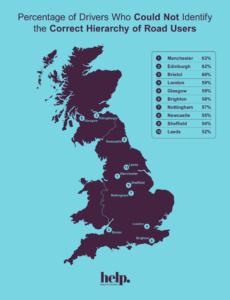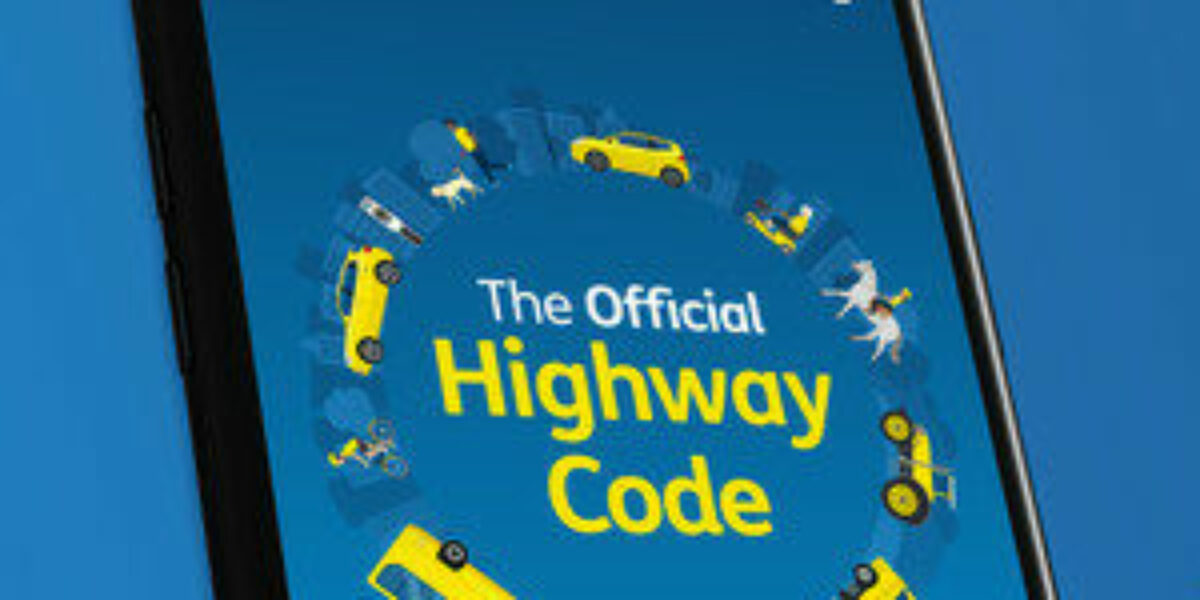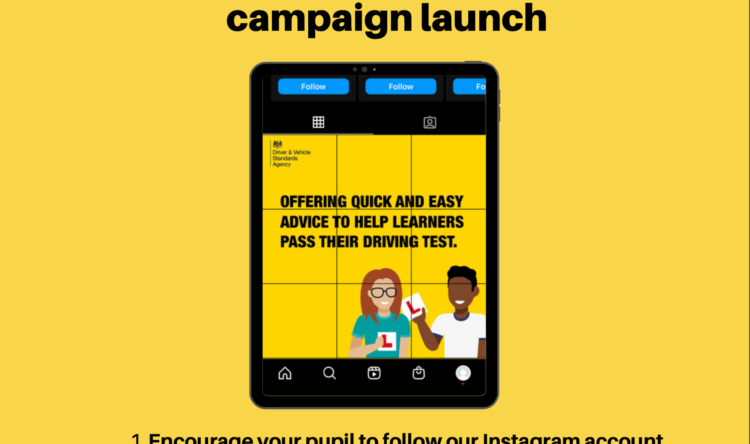The knowledge
How well do UK road users know the highway code?
A survey conducted by personal injury specialists Hodge Jones & Allen, has found that more than half of British motorists are confused in their understanding of the latest Highway Code.
In particular, the hierarchy of road users is not correctly identified and understood.
The survey of 2,000 road users tested drivers on crucial parts of the Highway Code.
Hierarchy of road users
The hierarchy of road users places those road users who are most at risk in the event of a collision at the top:
- Pedestrians
- Cyclists
- Horse riders
- Motorcyclists
- Caravan drivers
- Bus or lorry drivers

Pedestrians are in first position, because their lack of protection makes them vulnerable in a road traffic accident. The lower a road user is in hierarchy, the more harm they and their vehicle can cause to others.
The hierarchy is intended to remind all road users to take responsibility for the safety of others and themselves.
Confused
Over half of UK drivers that we surveyed (55%) did not know the correct hierarchy of road users. Just 45% could name the correct order.
When it comes to cyclists, 60% failed the same test and, even more worryingly, four in ten believe they take priority over pedestrians.
Pedestrians (73%) were the most likely to correctly identify the hierarchy. They are followed by Motorcyclists (52%), then Car/Van Drivers (46%), Cyclists (40%) and finally Bus and Lorry Drivers (17%).
Time brings wisdom
There was also a significant discrepancy between the knowledge of different generations in our survey. Two thirds of those aged 65+ identified the hierarchy correctly, compared to just one in four 25-34 year olds.
Over one in five of those we surveyed (21%) believe that bus and lorry drivers top the hierarchy of road users. Meanwhile, one in six (17%) believe the highway code states cyclists, horse riders or motorcyclists are at the top of the road hierarchy.
Location location
In terms of which UK cities, 63% of those surveyed in Manchester incorrectly picked the order of hierarchy.
Respondents in Edinburgh (62%) and Bristol (60%) were not far behind. Bristol road users were also the most likely to have been involved in a road traffic accident (60%).
Southampton has the most clued-up residents when it comes to knowing the ‘hierarchy of road users’, with nearly two-thirds (61%) picking the correct order. Cardiff was second with 60% picking correctly, followed by Liverpool with over half (55%) knowing the correct order.
Two wheel, too confusing
Over a third (40%) of Brits wrongly believe in the term ‘cyclists have right of way over pedestrians on designated use cycle tracks’ is part of the highway code.
More than a third of cyclists (35%) wrongly believe they have right of way over pedestrians on designated use cycle tracks.
Additionally, a third of pedestrians (30%) incorrectly believe cyclists hold the sole responsibility to not obstruct or cause danger in routes shared by cyclists and pedestrians.
Whilst the Highway Code does no state cyclists must wear bright clothing, over a third of UK adults believe “cyclists should always wear light coloured or fluorescent clothing which helps other road users see you’.
Over 60% of respondents did not realise the HC states that cyclists and motorcyclists should not ride on the inside of vehicles signalling or slowing down to turn left.
But at least over a third of respondents correctly identified that cyclists are recommended to have a bell fitted (36%).
Read the full report here.







